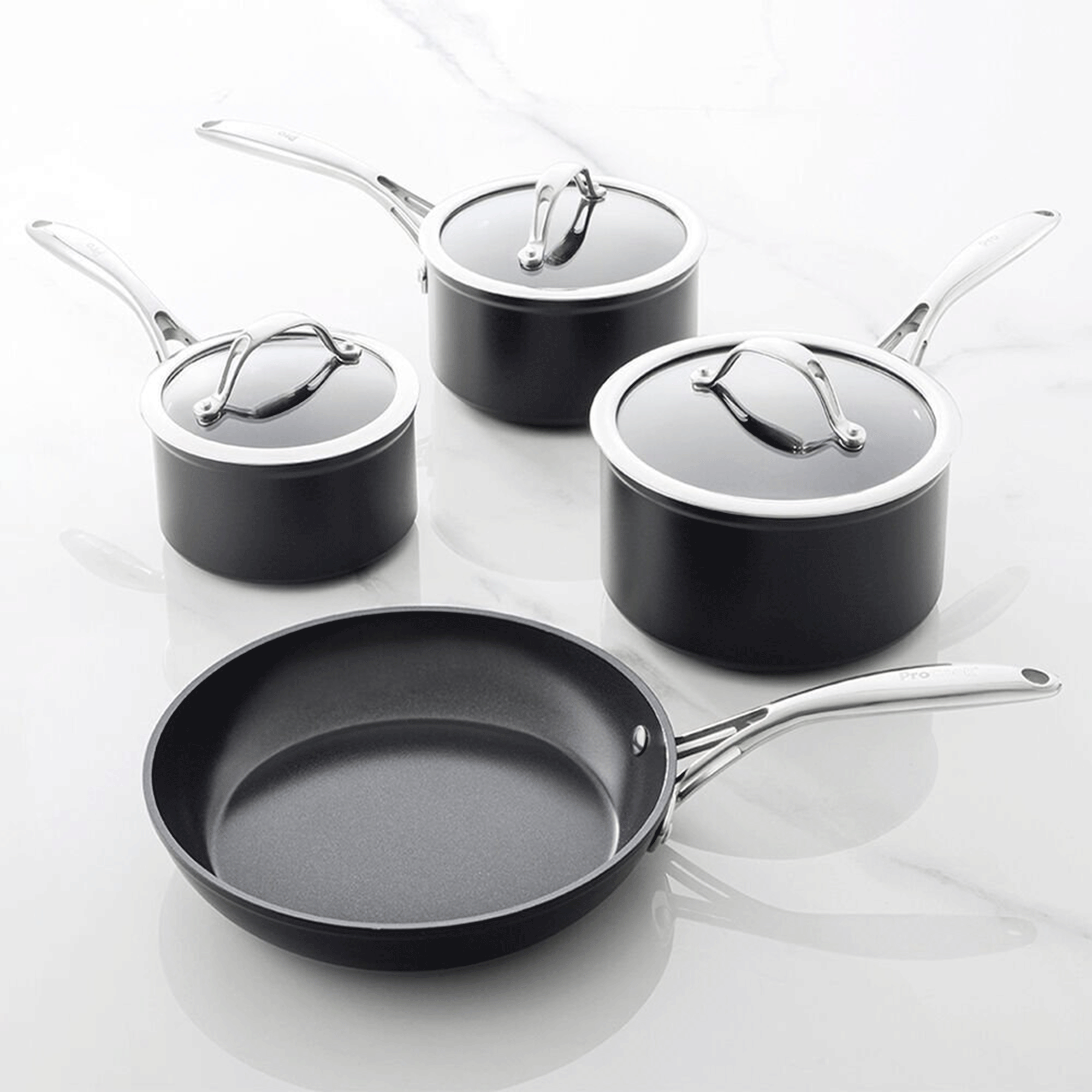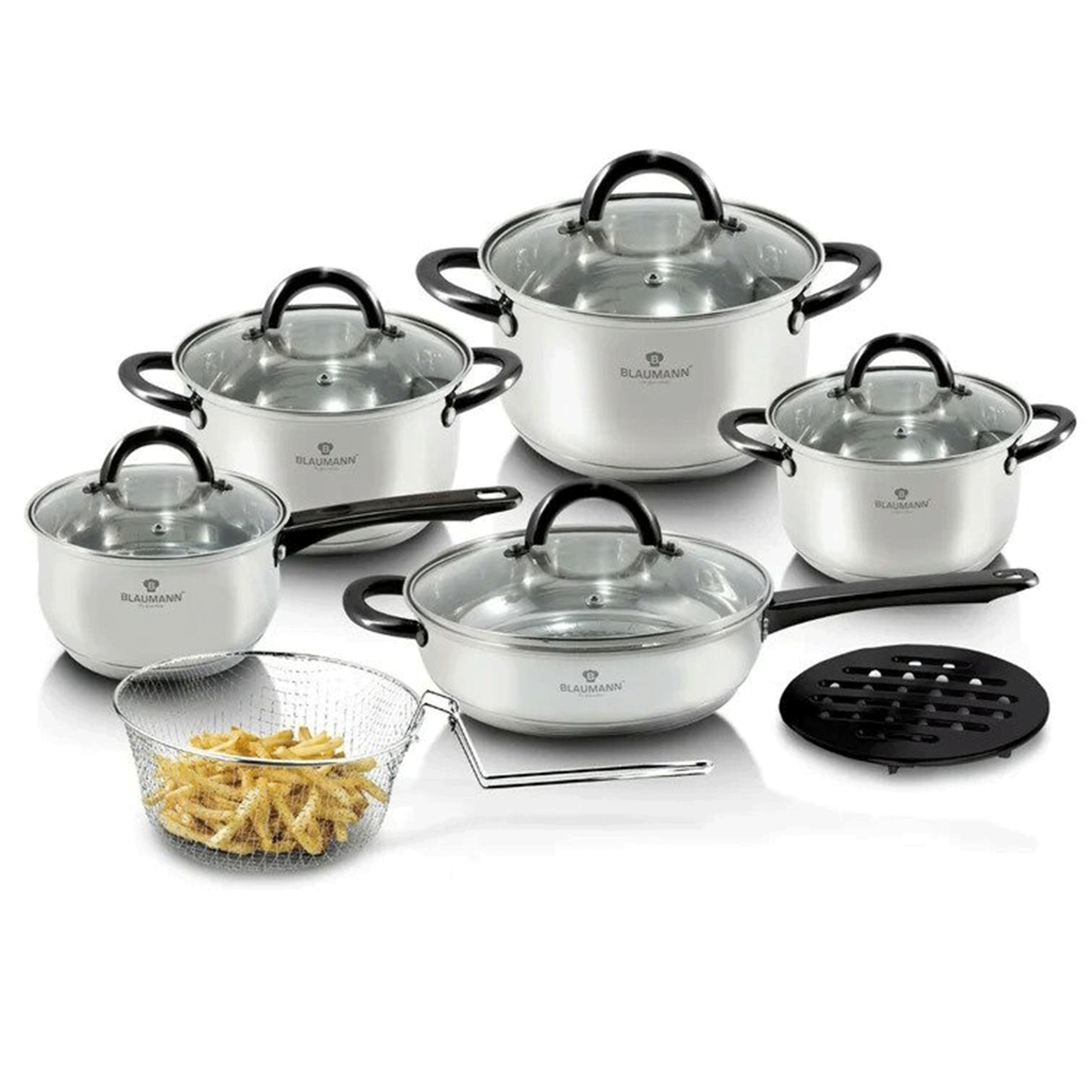Induction vs gas hob – which style of hob should you buy? Experts explain
We weigh up the pros and cons of the two best-selling hob types to reveal which countertop cooking method you should invest in next…
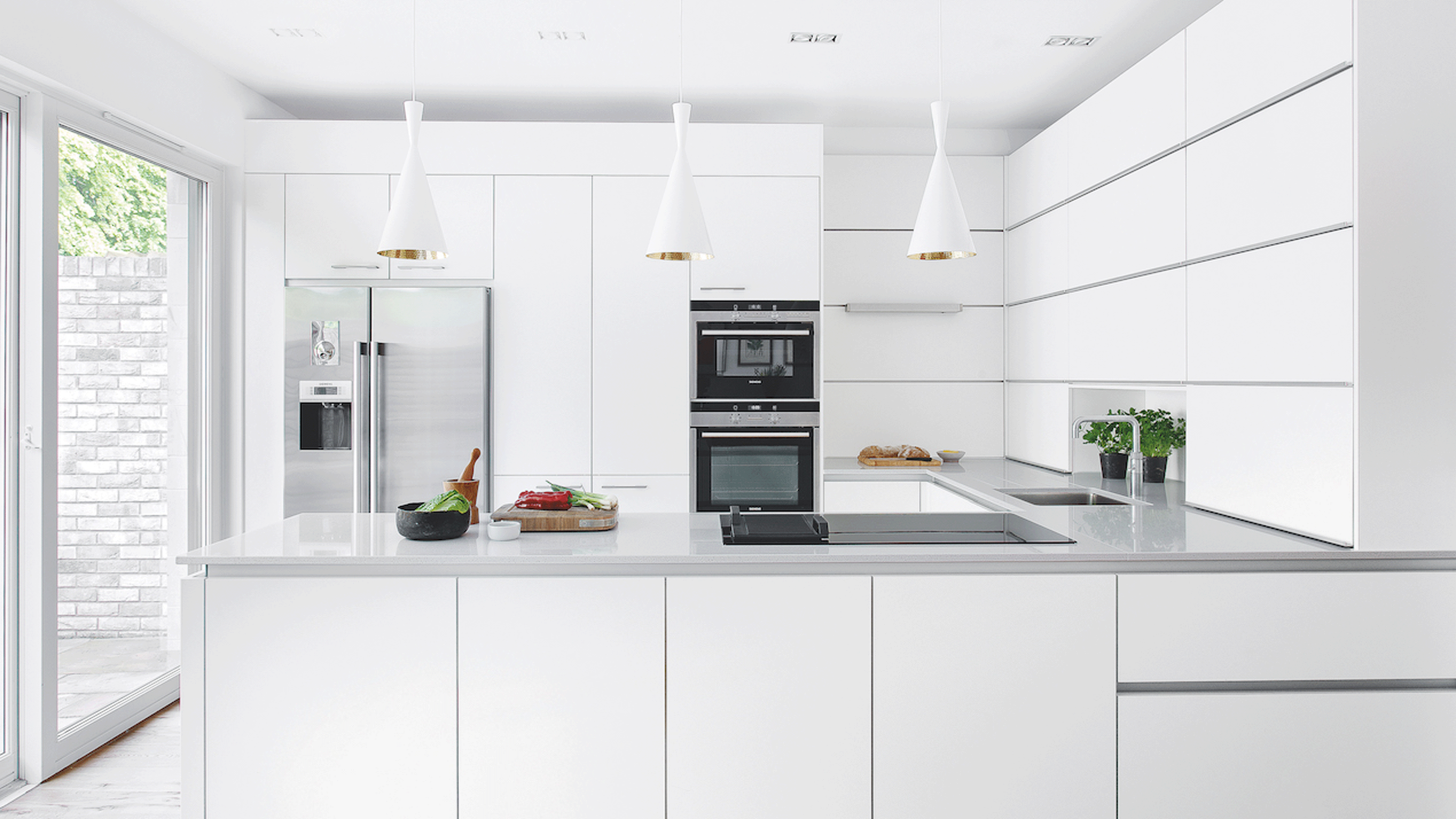

If you are busy researching how to design a kitchen, there’s a high chance you’ll be considering your appliance needs. Or perhaps your existing hob simply is no longer delivering satisfying results and it is high time for an upgrade. Either way, one of the first decisions to lock down before buying a new hob is whether it should be powered by induction or gas. (Forget ceramic hobs and those with electric hot plates, unless you actively enjoy watching pots boil!)
It is true that both induction and gas hobs will cook your food, fast. There’s plenty of choice, too, so you won’t struggle to find a hob, in either style, to suit your budget, available space or design style. The latest gas and induction hobs are also fully-loaded with features, and include plenty of time and effort-saving tech designed to make cooking a breeze.
At the end of the day, the induction vs gas hob conundrum often boils down to personal preference. If you grew up cooking on gas, you may find life without flames a singularly soulless experience. If you didn’t, and your previous hobs were old-style electric, the speed and control of induction will absolutely blow you away! Try to keep an open mind while reading the following assessment and weigh up how the main advantages and disadvantages of each hob type might improve the way you cook in the future.
Induction vs gas hob
We’ve asked the experts to give us the low down on the pros and cons of each to help you decide which way to sway in the induction vs gas hob debate. ‘To start, I strongly recommend visiting a kitchen showroom with live appliances to experience how different hobs work and the variety of sizes and styles available, to get a feel for which you prefer. The latest hobs are so easy to use and control, but you only really find this out by putting them to the test,’ advises Tom Hopper, Kitchens Manager at Miele GB.
What are the key differences between a gas and induction hob?
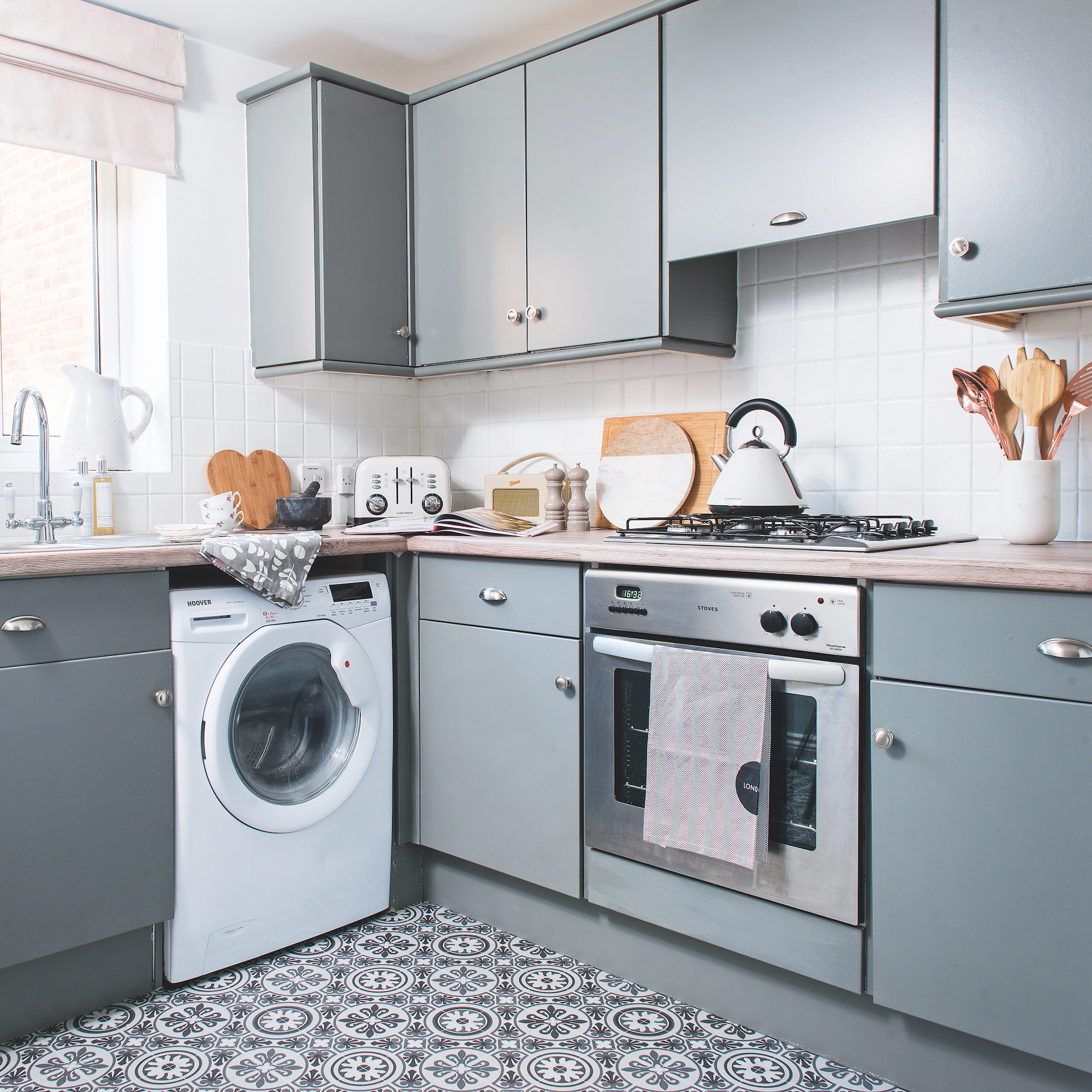
Apart from the obvious point that one is powered by gas and the other by electricity, one of the main differences between the two hob styles has to be based on looks. As in, they look completely different. A gas hob has protruding burners, usually made from cast iron, while an induction hob has a flat glass surface. This design difference has an impact on cleaning ease, with induction being much faster to clean.
There are also plenty of variations in terms of energy-efficiency, heat-up time, heat levels and cooking styles to consider, keep reading for more details.
What are the benefits of a gas hob?
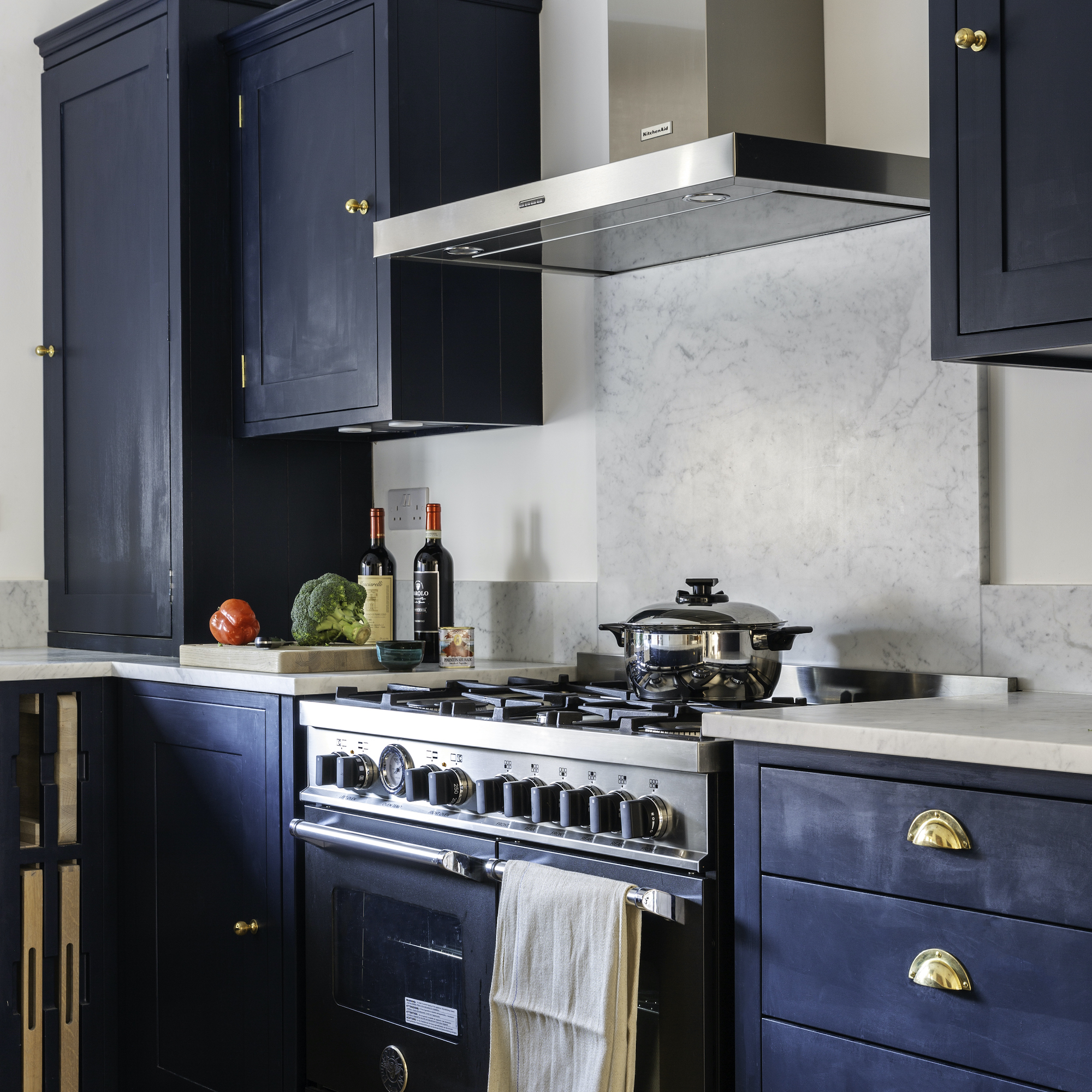
Cooking on flames is far more emotive than induction. Many people refuse to cook on anything else, partly because it’s what they are used to, but mainly because they love the raw power of a naked flame! Gas is more visual, too. You can see the heat levels adjust by looking at the length of the flame, so it can make cooking a more intuitive, connected experience. On induction, you’ll need to look at the numbers or dots on the control panel to work out where the heat is at, and it can take a little time to learn what ‘level 8’, for example, means in relation to burnt or raw sausages.
Get the Ideal Home Newsletter
Sign up to our newsletter for style and decor inspiration, house makeovers, project advice and more.
Sure, you can get the same heat, if not hotter, from an induction hob on Boost setting, but you won’t get any searing or charring action and you can’t bang your pans around in quite the same carefree way as you can on a gas burner. Speaking of pans, gas hobs can handle pretty much any pan in your cupboard so there’s no need to go shopping for new induction-friendly cookware.
'Cooking with gas provides an intensive heat that can be great for Oriental style cooking; as well as dishes that require high temperatures, such as flash frying,’ explains Tom Hopper, Kitchens Manager at Miele GB.
What are the benefits of an induction hob?
Induction hobs offer speedier heat-up, which is especially useful when boiling a pan of pasta or potatoes. No hanging around for boiling, before you can reduce the heat to simmer. Some of the higher-end models will automatically switch to simmer when the contents reach boiling, so there’s no pan-watching involved at all. Amazing.
Induction hobs also boast lower energy consumption compared to gas hobs, making them the cheapest kitchen appliance to run of the two hob styles. This is primarily because all the power goes into the pan, and none of it is wasted in the air between. In fact, 85-90% of the energy goes directly into cooking when using an induction hob, compared to 65-70% on a gas or regular electric hob.
Induction hobs are very easy to control, in small increments, which means you can heat food with low melting points, like chocolate, without the faff of setting up a bain marie, and keep food gently warming without any chance of burning. The Boost button will give you max power at one touch, perfect for steaks and boiling. Some people use a stainless steel kettle on their induction hob as it’s much faster than a regular electric kettle.
Finally, induction hobs tend to come with fancier tech, like power boost, timers, pause and pan recognition. ‘Induction hobs can do everything that gas can…but better. With induction burners you have more control and can reach high temperatures faster, you just lose the fun factor of a flame,’ says Ricardo Moraes, CEO of L’Atelier Paris Haute Design.
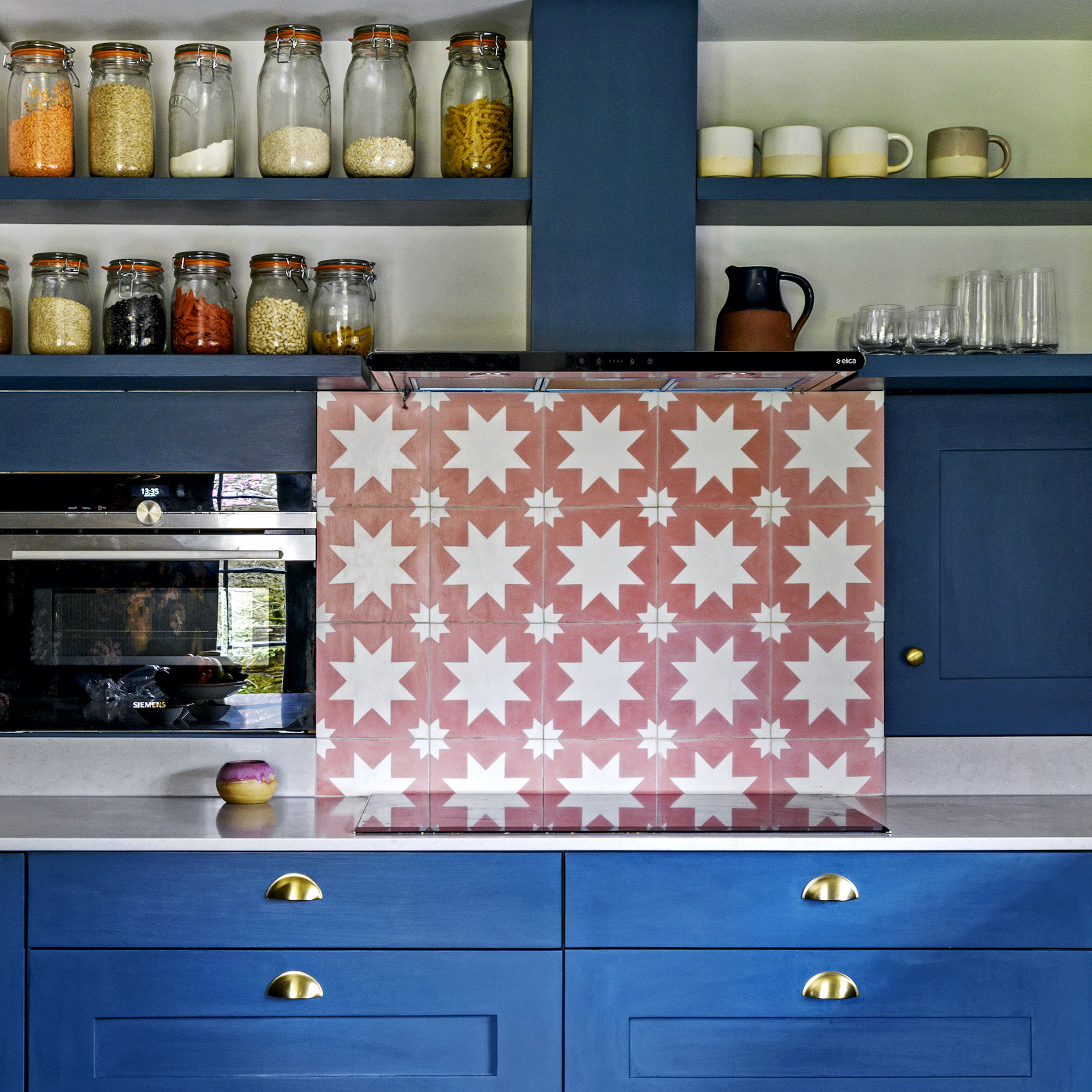
What are the downsides of a gas hob?
Gas hobs can take a little longer to get going, depending on the kilowatt power of the burner, and they don’t always offer the same precision control between heat levels as you can expect from an induction hob. This is especially problematic on entry-level gas hobs. You also need to be more careful about matching the pan size to burner, to avoid wasting heat around the sides of the pans or not achieving an even spread of heat, plus gas hobs are undoubtedly harder to clean.
‘Safety is the number one concern with a gas hob, particularly with children as it is much easier for them to burn themselves on either the burners or the pot stands which tend to get very hot. And as gas is also being phased out, currently in new build properties, longevity could be a concern too, particularly if investing in a high-spec appliance,’ says Fiona Ginnett, creative director, HØLTE.
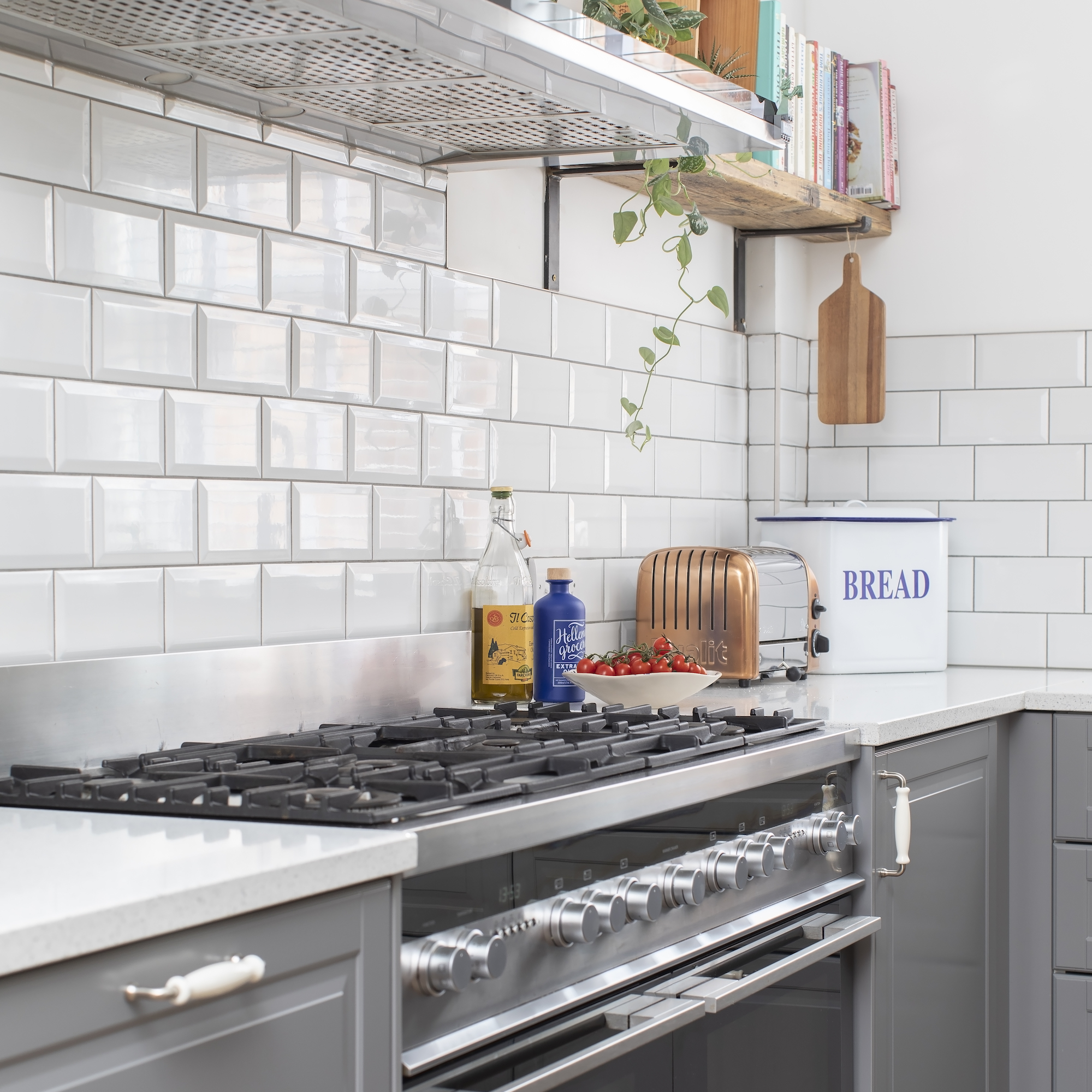
What are the downsides of an induction hob?
‘The lack of a flame impacts the cooking experience, as you can’t do any charring and there aren’t any visual cues for the heat level,’ says Fiona Ginnett of HØLTE. There may also be a need to invest in new cookware as cheaper pans can make a humming or buzzing sound, and non-magnetic pans, like copper and aluminium, won’t work with induction at all. ‘Anything affected by magnetism – radios, TVs, hearing aids, and pacemakers – may be susceptible to interference from an induction hob,’ adds Fiona.
Induction hobs can also be noisy and generally unpleasant when moving pans across the surface. It’s recommended than you lift the pan off rather than scrape them across the glass when moving it to a different cooking zone, since any grit trapped under the pan can scratch the glass. Pancake Day isn’t as much fun. Never use abrasive cleaning products or scourers to clean an induction hob, again because of scratching.
Which is more affordable – gas or induction hob?
Both gas and induction hobs are available in a wide range of price points, but while you can snap up a 60cm-wide, no-frills gas hob for just under £80, you’ll need to find at least £150-£200 for a very basic 60cm-wide induction hob.
Which is easiest to use (for families) – gas or induction hob?
‘When it comes to a kitchen that is going to be used by the whole family, safety is of the utmost importance. Cooking on an induction hob is widely regarded as safer than halogen, ceramic, or gas alternatives,’ says Richard Keyes, head of design, Hobson’s Choice. This is because induction works via a magnetic field, and only the pan, not the appliance, heats up.
If you leave a pan boiling on the hob for a long time, the glass surface will get too hot to touch. However, the surface will rarely become hot enough to cause serious burns, and most models have a visual LED indicator to warn when the glass is hot.
The cooler surface on an induction hob also means any spilt foods don’t burn onto its surface during cooking, making it easier to clean, offering significant time savings for busy families. ‘Induction hobs only require a wipe down with a damp cloth to look like new, and, being a totally flush, flat surface, there are no gaps or crevices for bacteria to settle,’ adds Richard.
Additional family-friendly benefits to look out for on induction include models with safety locks, which prevent the hob being turned on accidentally, and automatic temperature control, which will shut the hob down before a pan boils over or burns dry.
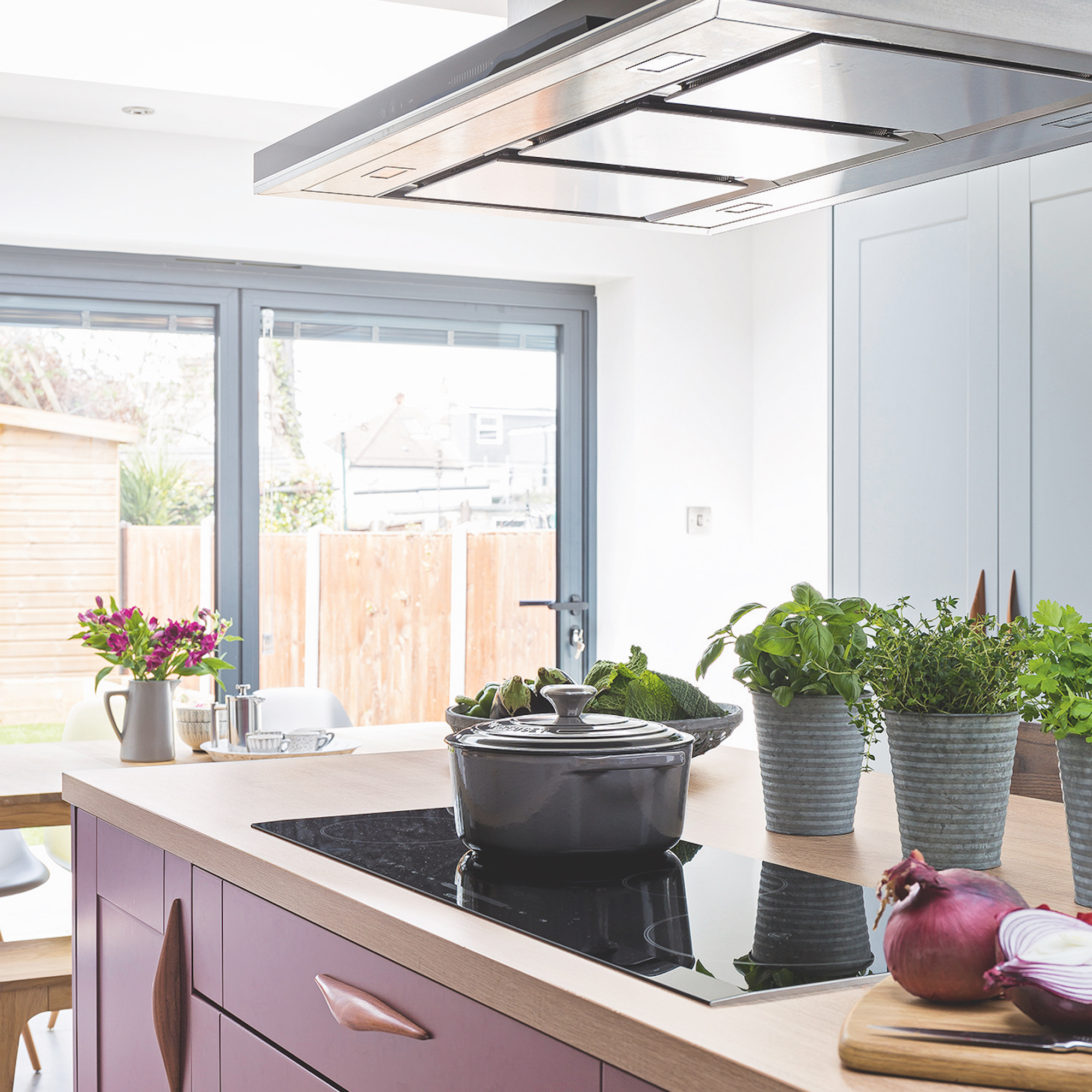
Which do chefs prefer – gas or induction hobs?
If you’ve got Masterchef aspirations, you may wonder do professional chefs prefer to cook on gas or induction hobs? Historically, gas was the preferred hob of choice in commercial kitchens but in recent years there has been a definite shift towards induction.
Besides all the great reasons homeowners have fallen for the charms of the induction hob, a huge benefit for professionals is that, unlike gas, induction doesn’t heat up the kitchen itself. Imagine a busy restaurant kitchen with 10 or more gas hobs firing out flames in unison; then think about how hot and sweaty that might be when you’re rushing around, cooking under pressure!
In reality, most modern professional kitchens now include a mix of gas and induction hobs. This is because pro chefs still like to have at least one gas hob to flame and sear on, especially if they use cast iron pans, which can be very noisy and scrape-y on the glass surface of an induction hob.
Do you need new pans for a new gas or induction hob?
For an induction hob to work effectively, it requires pans made from ferrous metal, such as iron or stainless steel, in order for an electric current to pass through. Copper, Pyrex, ceramic or aluminium pots and pans won’t work on an induction hob. This doesn’t necessarily mean you will need new pans, a simple way to find out is to hold a fridge magnet against the bottom of your pans. If the magnet sticks, you’re good to go.
Any pan works on a gas hob. If you frequently cook with a wok, you might find a gas hob with a powerful wok burner holds it steadier and cooks more evenly than wok cooking on an induction hob. You can buy induction hobs with concave zones designed to host a wok, but they tend to be super expensive.
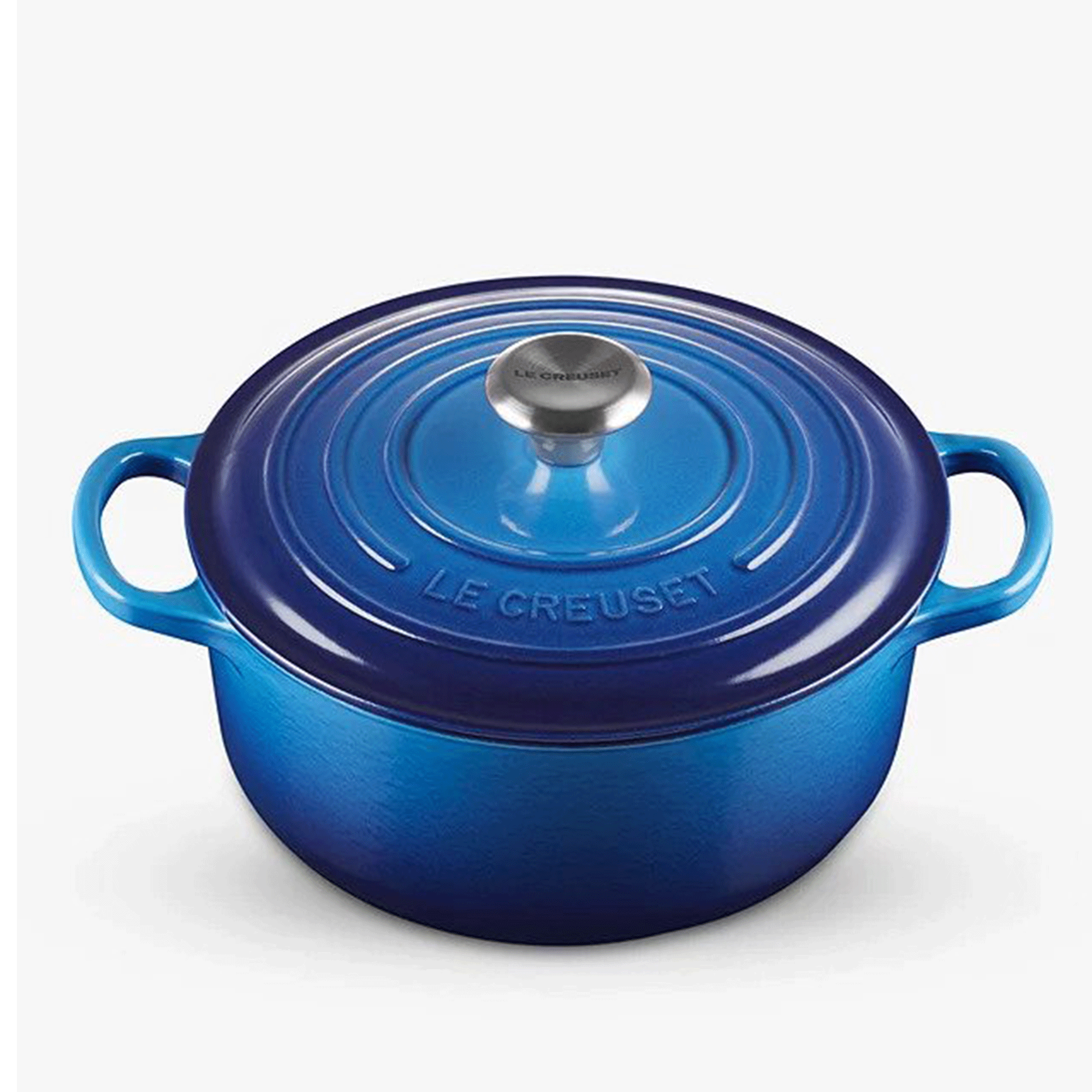
If you're a Le Creuset fan their signature cast iron pans will still work with an induction hob, just don't bash it around too much.
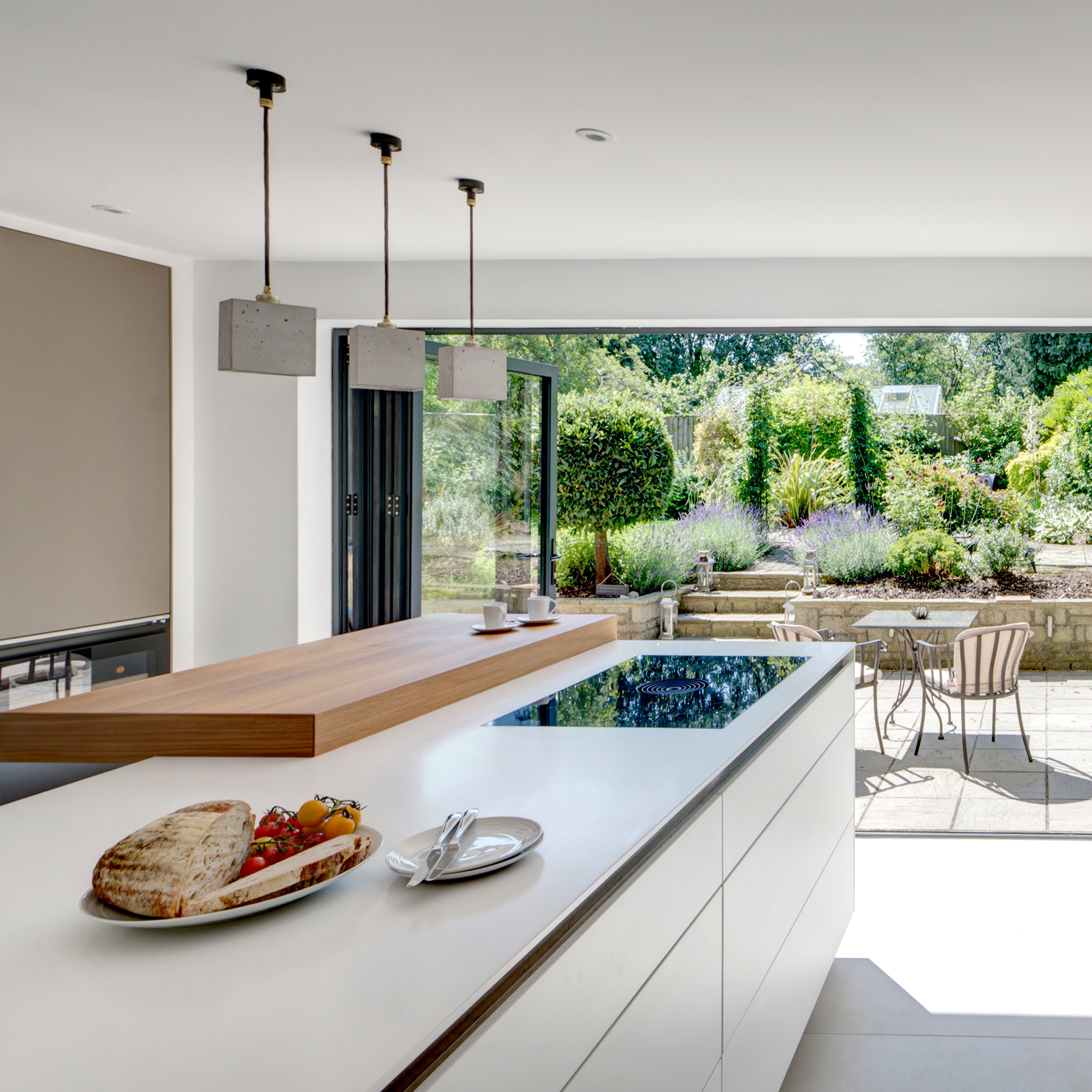
Induction vs gas hob – The overall verdict
‘For residential use, I would recommend induction every time! It's easier for cleanliness and maintenance, better for safety especially if you have kids in the home, and unless you are a very experienced and keen cook or have a particular passion for cooking Asian stir fry style dishes there isn't all that much output difference between the two,’ says Sophie Chapman, Associate, The Vawdrey House.
If you’re still not ready to give up cooking on gas completely, look out for hybrid hobs that offer both gas and induction burners on one, sleek appliance.

Linda Clayton is a professionally trained journalist, and has specialised in product design, interiors and fitness for more than two decades. Linda has written for a wide range of publications, from the Daily Telegraph and Guardian to Homes & Gardens and Livingetc. She has been freelancing for Ideal Home Magazine since 2008, covering design trends, home makeovers, product reviews and much more.
-
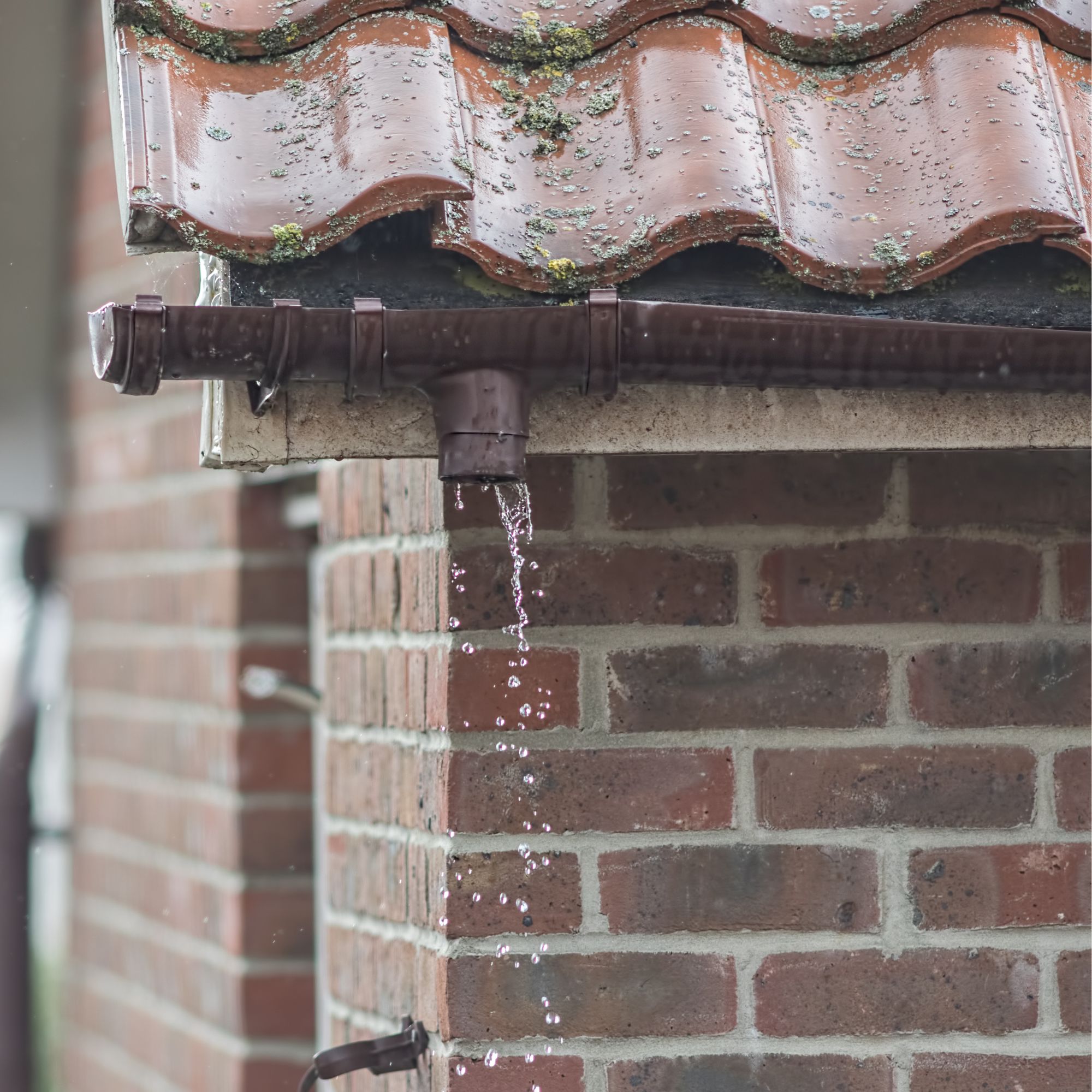 How to fix a leaky gutter – expert advice on what you'll need to get your gutters working properly again
How to fix a leaky gutter – expert advice on what you'll need to get your gutters working properly again7 steps to stop water dripping from your gutters
By Katie Sims
-
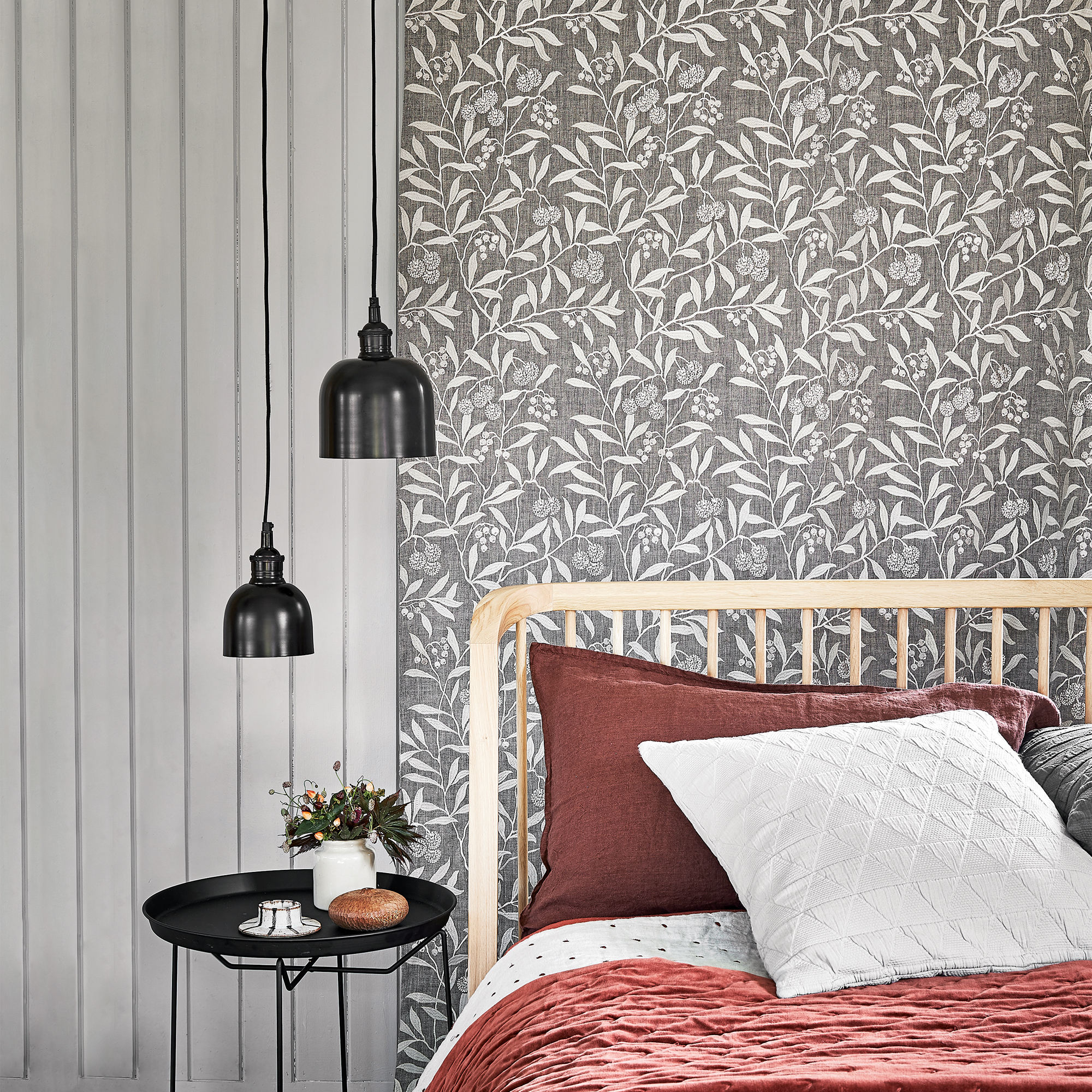 Amanda Holden's maximalist guest bedroom uses a smart decorating trick to make it look bigger
Amanda Holden's maximalist guest bedroom uses a smart decorating trick to make it look biggerInterior experts say it's a masterclass in how to decorate a dormer bedroom
By Amy Lockwood
-
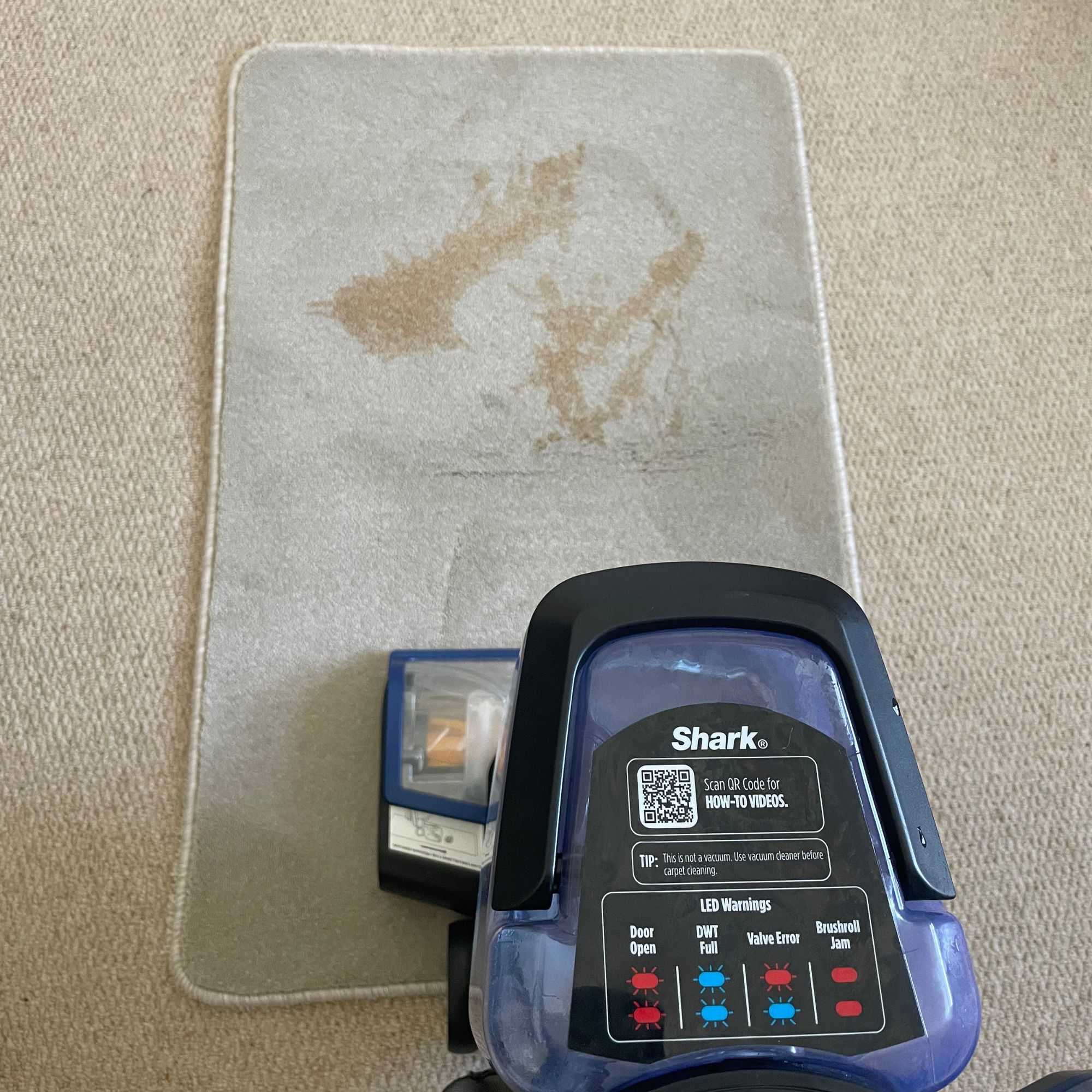 I threw wine, tea and mud on my carpets to test out Shark’s newest carpet cleaner — but after using it, you wouldn’t know
I threw wine, tea and mud on my carpets to test out Shark’s newest carpet cleaner — but after using it, you wouldn’t knowWith the built-in spot cleaner, it's also a game-changer for pet parents
By Lauren Bradbury
